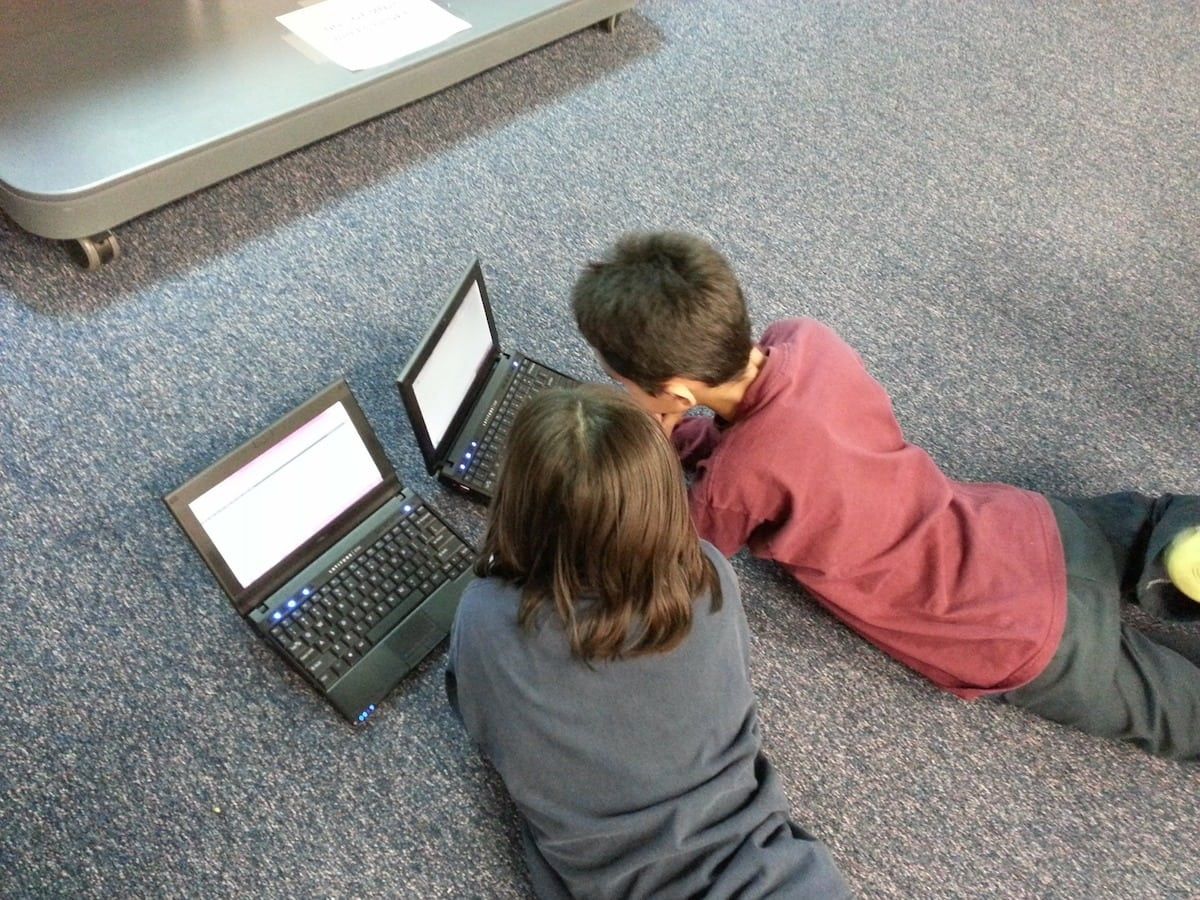
Kids and technology have been a long debated subject, there are numerous arguments for and against the use of technology in the classroom and at home. It’s an understandable argument, unsupervised, the use of the internet or too much time on a games console can be detrimental to a child’s development. It’s important that parents and teachers make sure that children and technology are supervised, along with constantly evaluating the outcome to make sure it’s providing a developmental benefit.
But by not embracing technology, particularly in the classroom, we could find that our children are being held back compared to other countries. This will be felt most when children move into the job market, where technological advances could have surpassed their understanding and other countries are more equipped. For some that scenario is far in the future and not on the agenda, but by preventing leading technologies from entering the classroom, we may find adults of the future unequipped to deal with the fast-paced changing world of technology.
There have been many advances in the past few years that have aimed to make sure that children’s use technology is constructive and useful to their learning. We have been scouring the web to find the most interesting pieces of technology that could support your child’s development, both in the classroom and at home.
Launched in 2016 Kiddle is a search engine designed specifically for kids, the site looks like it’s run by Google but the site is not actually affiliated with Google at all. Kiddle provides picture friendly search results and tries to deliver content specifically for children. However, it’s important to note that these child friendly search results aren’t always guaranteed, so parents and teachers should still closely monitor activity. If you do find a keyword that you deem inappropriate then you can submit to Kiddle to remove, so it’s likely the results will continue to improve.
For some advances in technology has seen us becoming increasingly less social, as adults and children spend more time in front of a screens and less time with each other. However, there is a range of technology out there aimed to help children collaborate, instead of work by themselves. An Interactive Flat Panel is one technology that aims to get children working together in the classroom. The benefit of this is highlighted by the University of Illinois study that found children who participate in group learning develop better decision making skills.
Several toys developed in recent years have focused on teaching children coding skills. A skill that is highly desired, it teaches children a range of skills. Britain is taking the right steps to teach kids to code, making computer science compulsory for ages five to 16, however it’s important to make these skills fun and nurture learning outside the classroom. Toys such as Learning Resources Robot Mouse or Fisher Price’s Code-a-pillar.
Ultimately advances in technology allow children to explore and develop skills that interest them. From learning code to 3D drawing there’s a piece of technology to suit every little mind. By nurturing these skills and provide a constructive framework for them to enjoy technology of all types, children can grow up to embrace changing technologies, instead of fearing them.